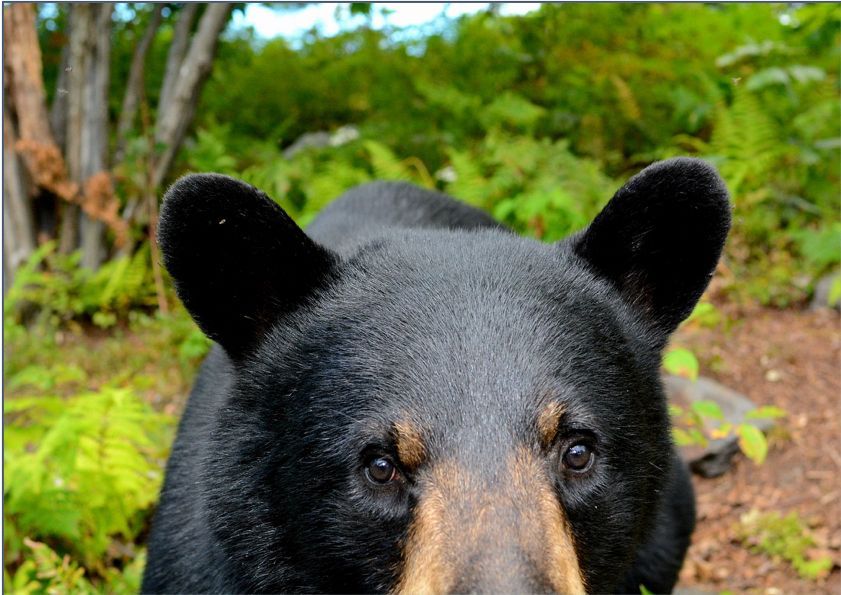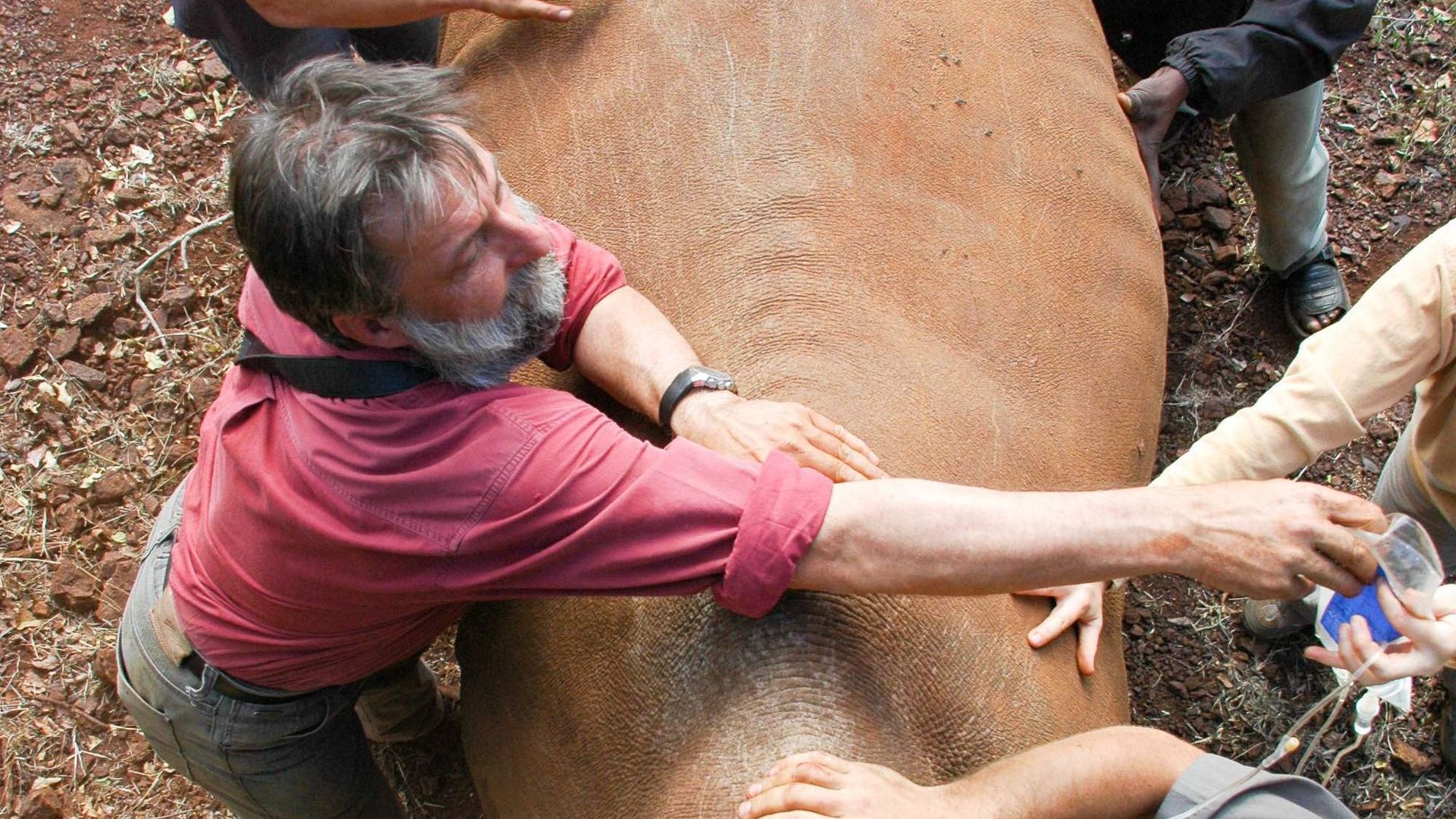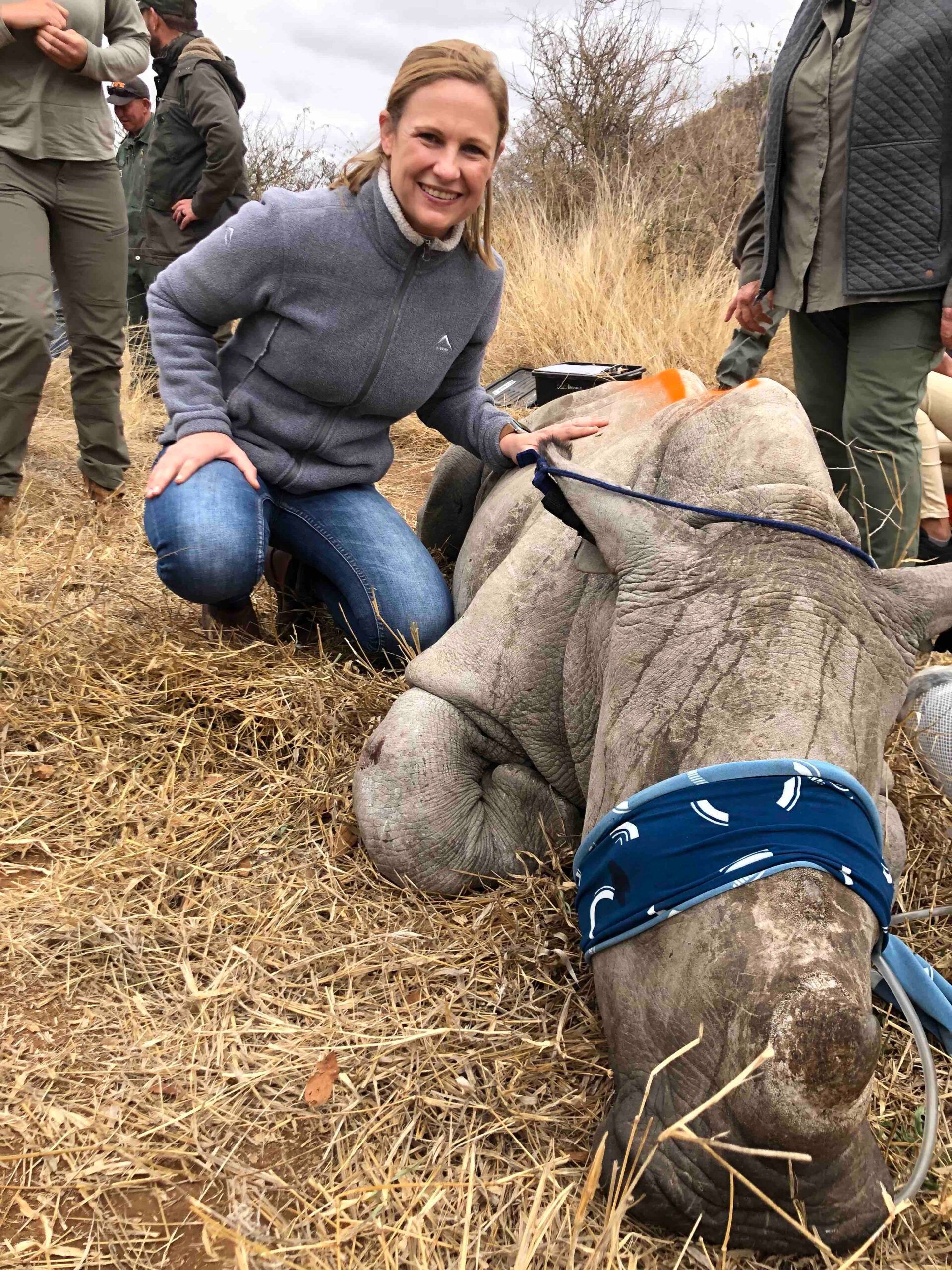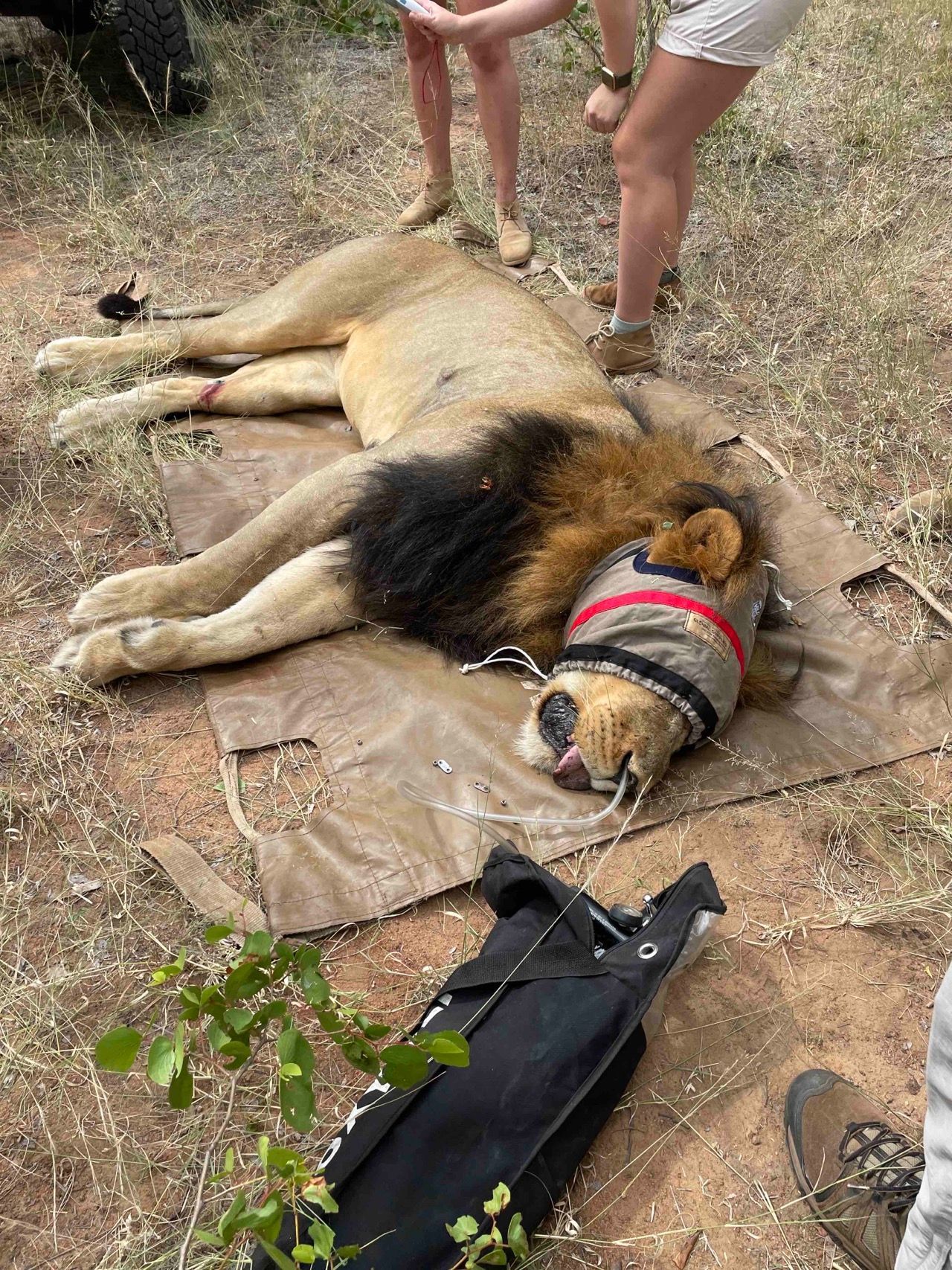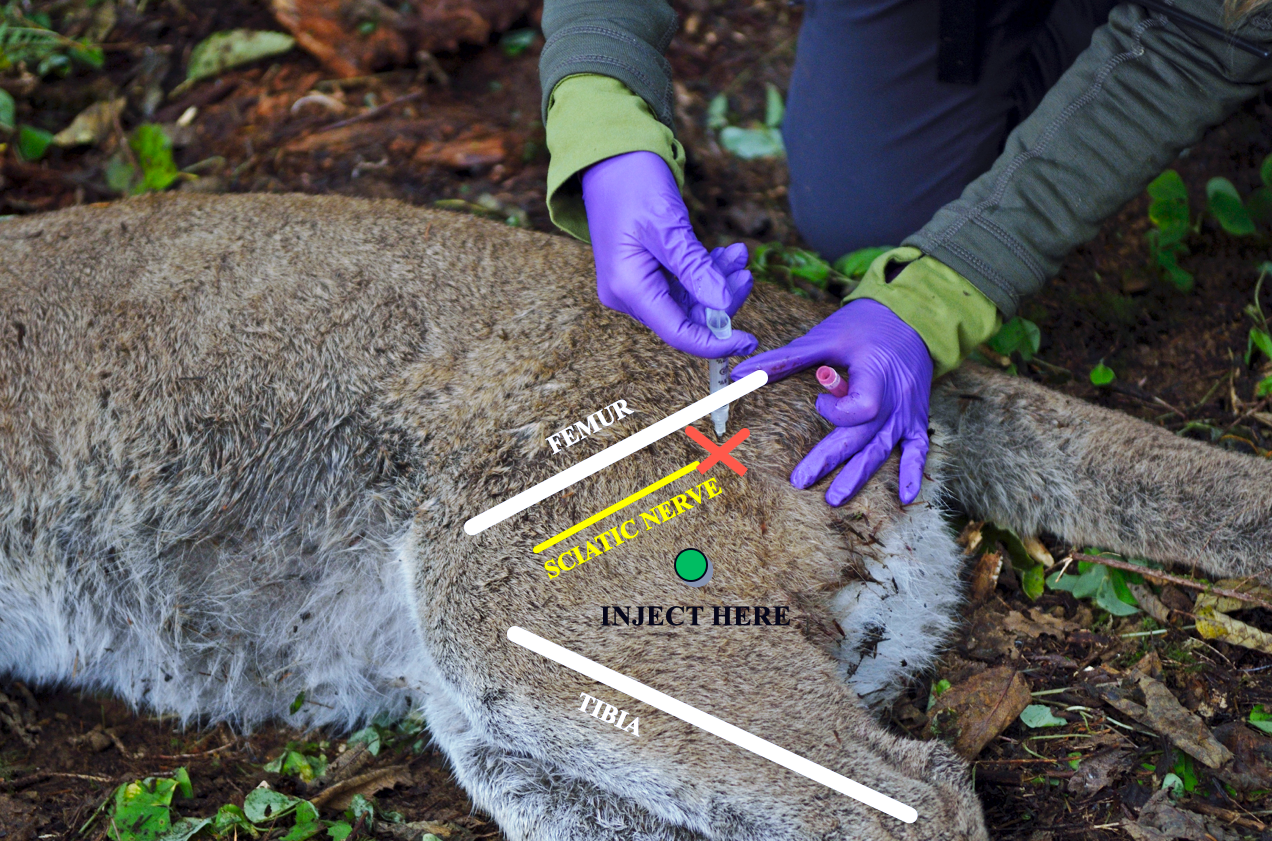The development of highly potent opioid derivatives revolutionized the use of drugs to capture and restrain wildlife. Although contraindicated in primates and wild felids, in wild ungulates they result in sedation, catatonia of skeletal muscles, and profound anesthesia. The main advantages of the potent opioids are that their pathway of effect is not blocked by adrenaline, they work synergistically with most other wildlife sedatives and/or tranquilizers and they provide incredibly strong analgesic and anxiolytic effects. Their potency and availability in high concentrations also make them suitable for use in projectile darting systems and in suitable volumes for larger species. These properties also increase the risk to human safety, and handlers should always be paired with a second person who is also knowledgeable about the hazards of working with potent opioids.
The Use Of Potent Opioids In The Field Of Wildlife Immobilization
By Dr. Liesel Laubscher, Wildlife Pharmaceuticals South Africa
Dear colleagues, it is a pleasure to have guest author, Dr. Liesel Laubscher of Wildlife Pharmaceuticals South Africa present this article on potent opioids. Dr. Mark
Thiafentanil is often combined with etorphine to get both the advantage of the quick inductions caused by thiafentanil and the longer duration of action caused by etorphine. Like etorphine, thiafentanil causes hypertension in rhino and elephant and severe respiratory depression, particularly in white rhino. In the latter species, etorphine is the preferred opioid for immobilization although thiafentanil is very effective in black rhino. Thiafentanil is also not effective in equids. Currently, thiafentanil is registered for veterinary use in South Africa.
In the US, thiafentanil is listed in FDA’s Index of Legally-Marketed Unapproved New Animal Drugs for Minor Species for captive animals and for free-ranging wildlife, it must be used under the requirements of an Investigational New Animal Drug. It is used by a few government agencies for species such as caribou, moose, and elk, and mountain goats.
Potent opioids have been instrumental in changing the way wildlife veterinarians capture and restrain wildlife. However, the highly scheduled and controlled nature of these drugs have resulted in a limited number of approved and marketed veterinary opioids, not only in the US but worldwide. As a result, veterinarians are often forced to use products approved for human use such as benzodiazepines. This has led to a move towards more species-specific drug combinations that minimize or eliminate the need for potent opioid inclusion in dart mixtures. For example, in many cases BAM (the combination of butorphanol, azaperone, and medetomidine) is replacing the use of potent opioids. Regardless of this, potent opioids still remain the most powerful analgesics known to man and may never be fully replaced when immobilizing larger, more challenging species like rhino, elephant, and giraffe.
For more information on the use of potent opioids, visit the Wildlife Pharmaceuticals website at www.wildpharm.co.za and access their series of free webinars and peer-reviewed publications on topics relating to wildlife chemical immobilization.
Share with your Connections
More articles for you....

